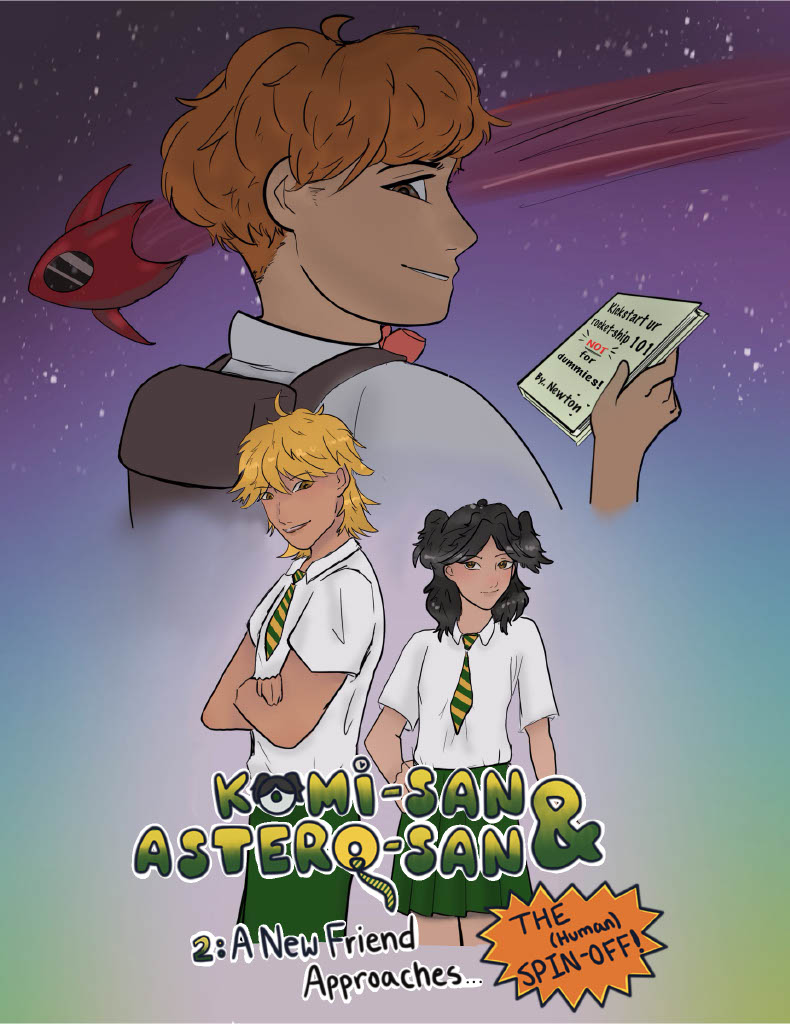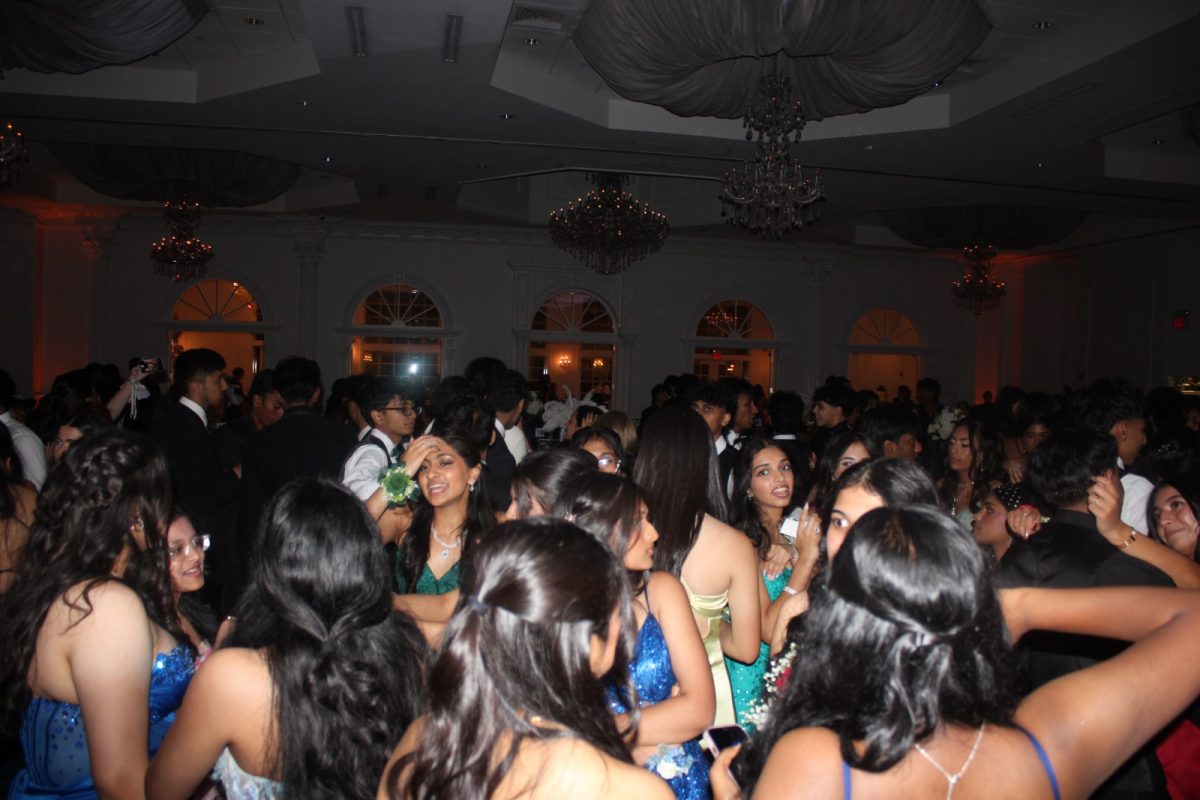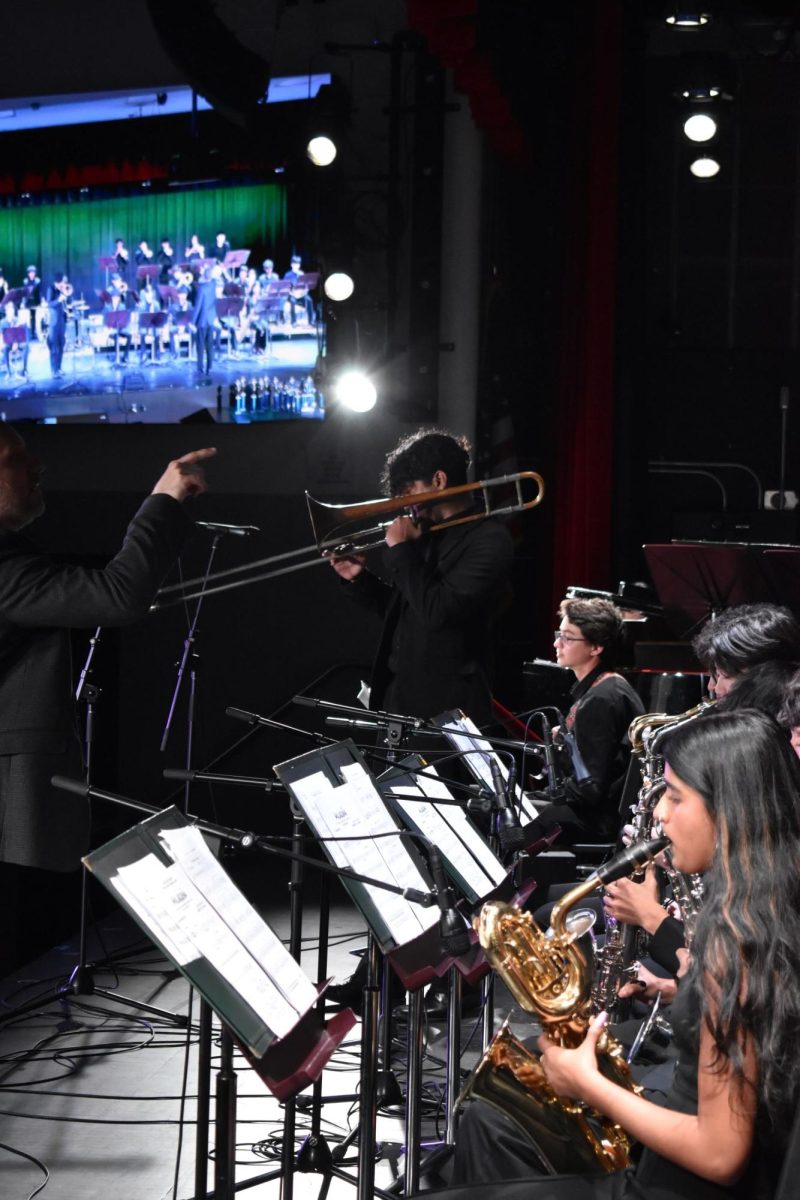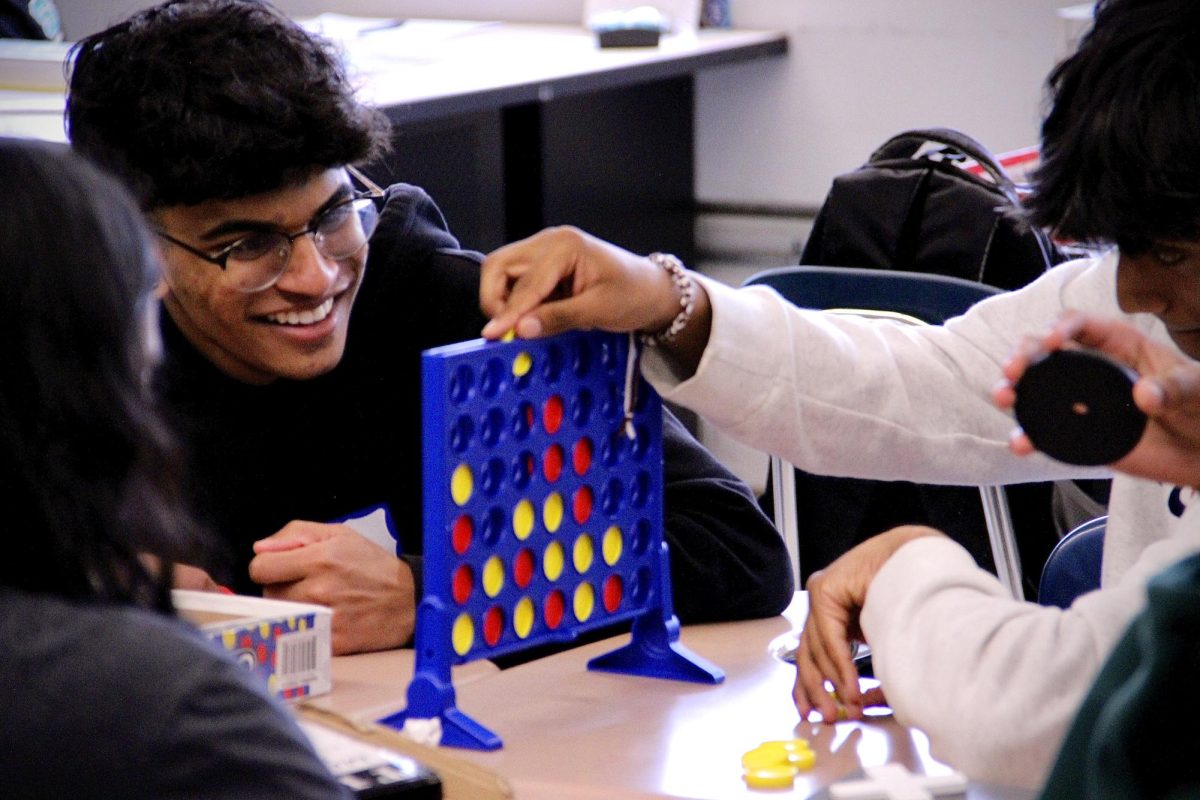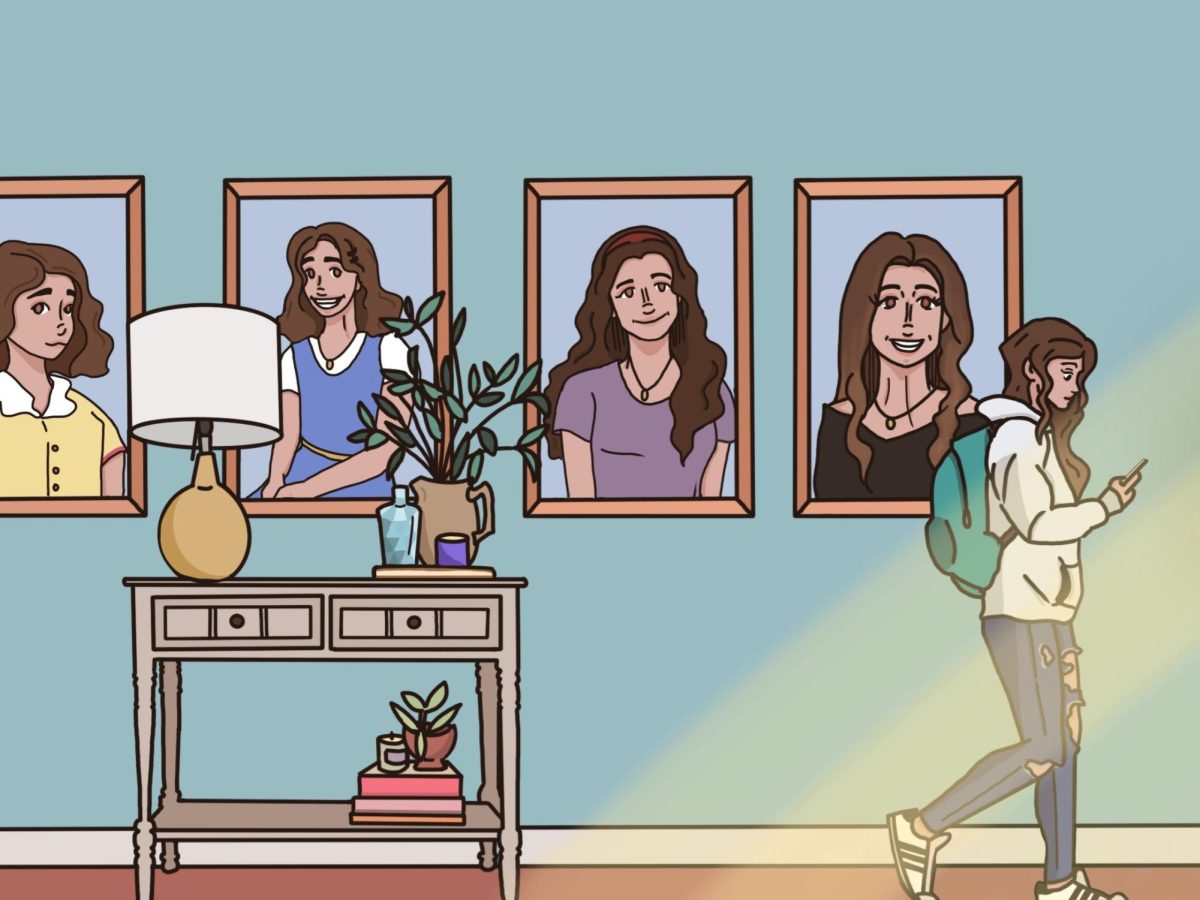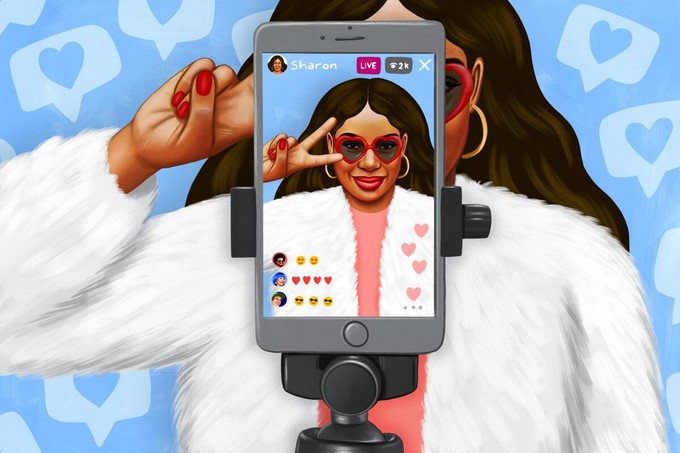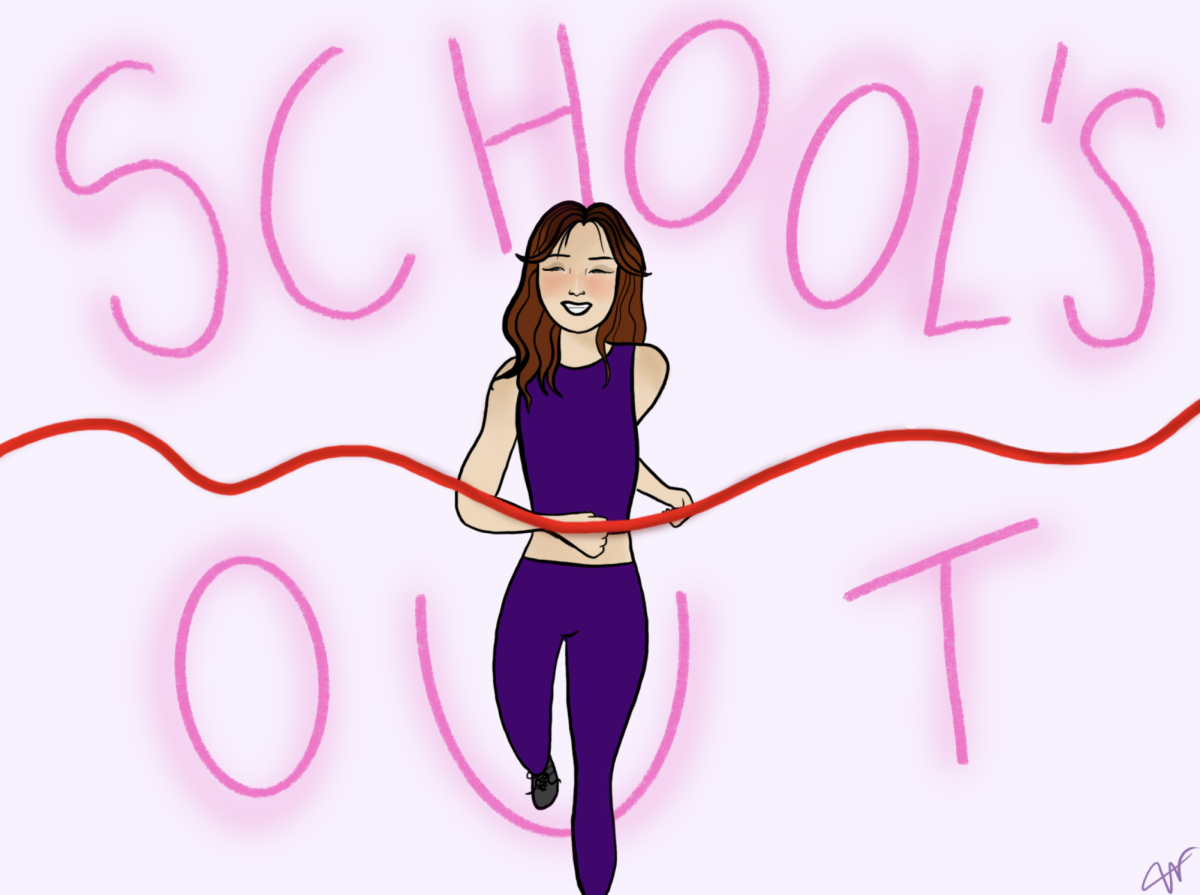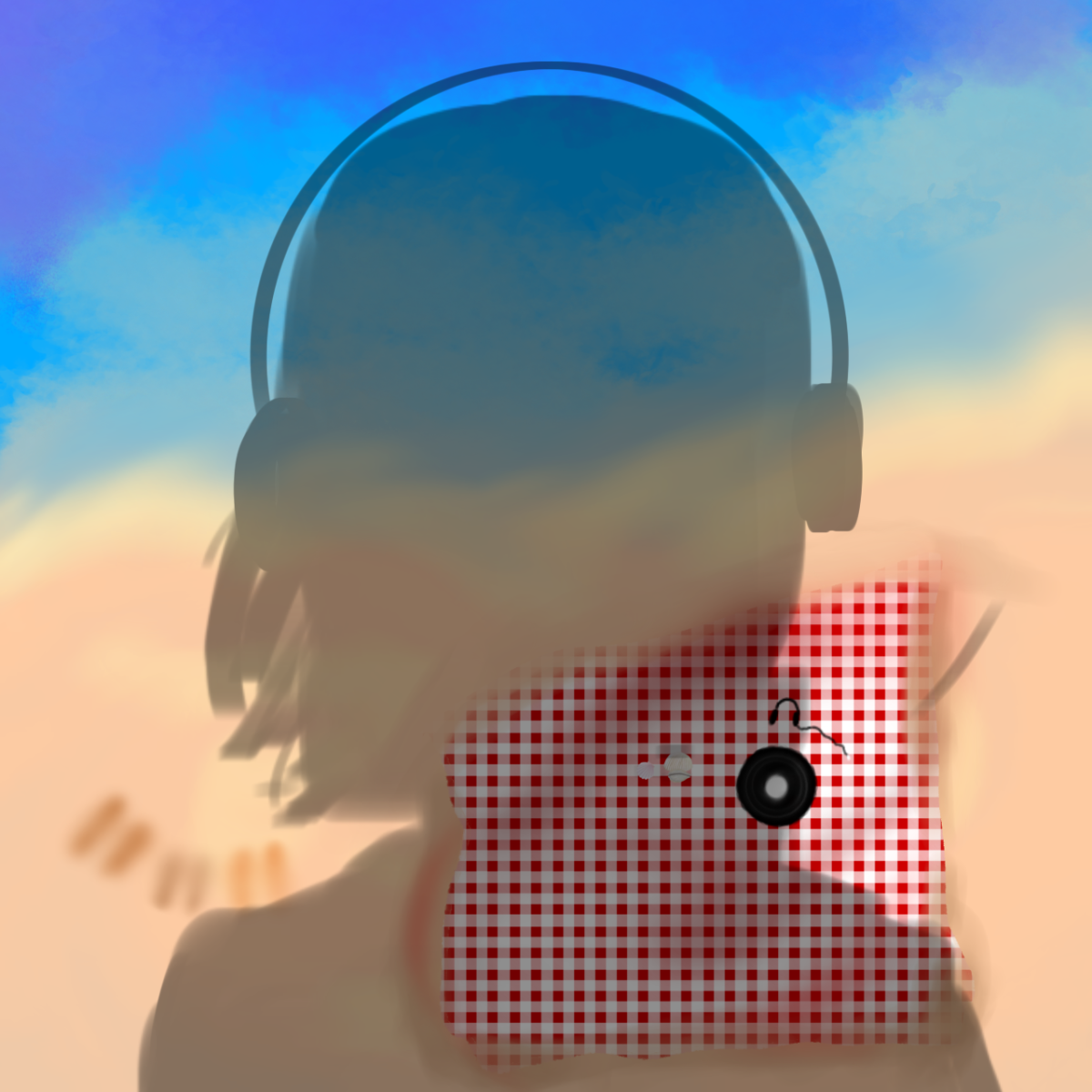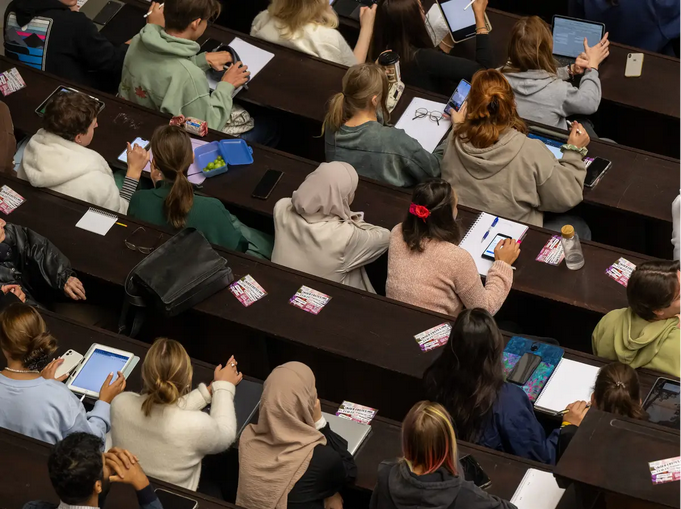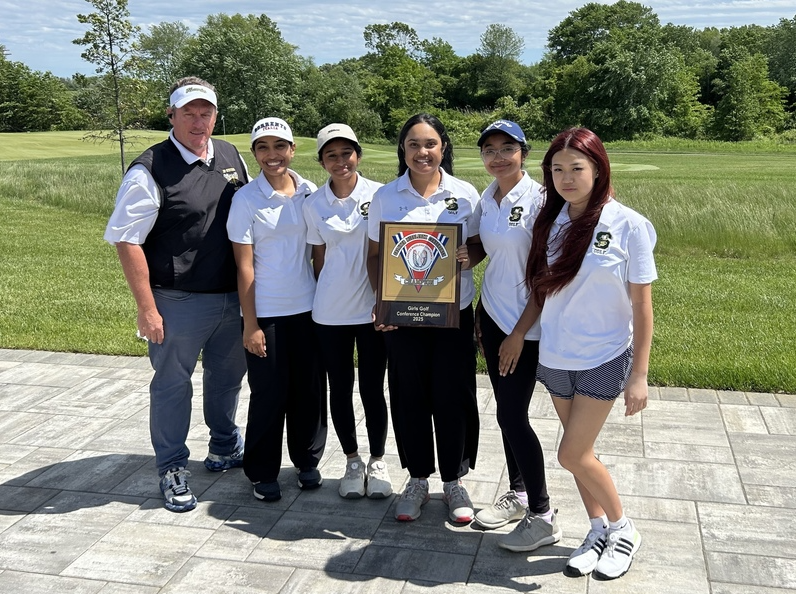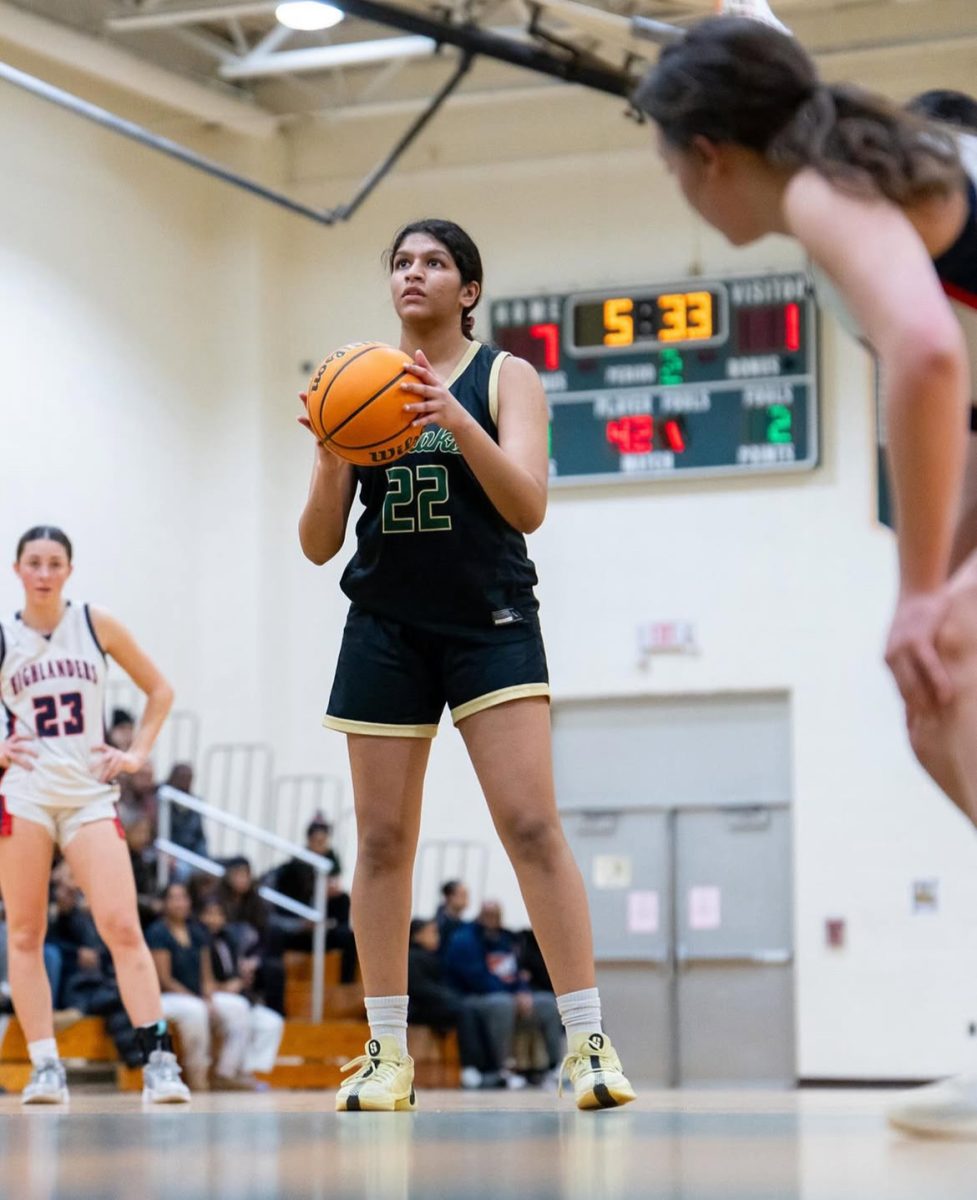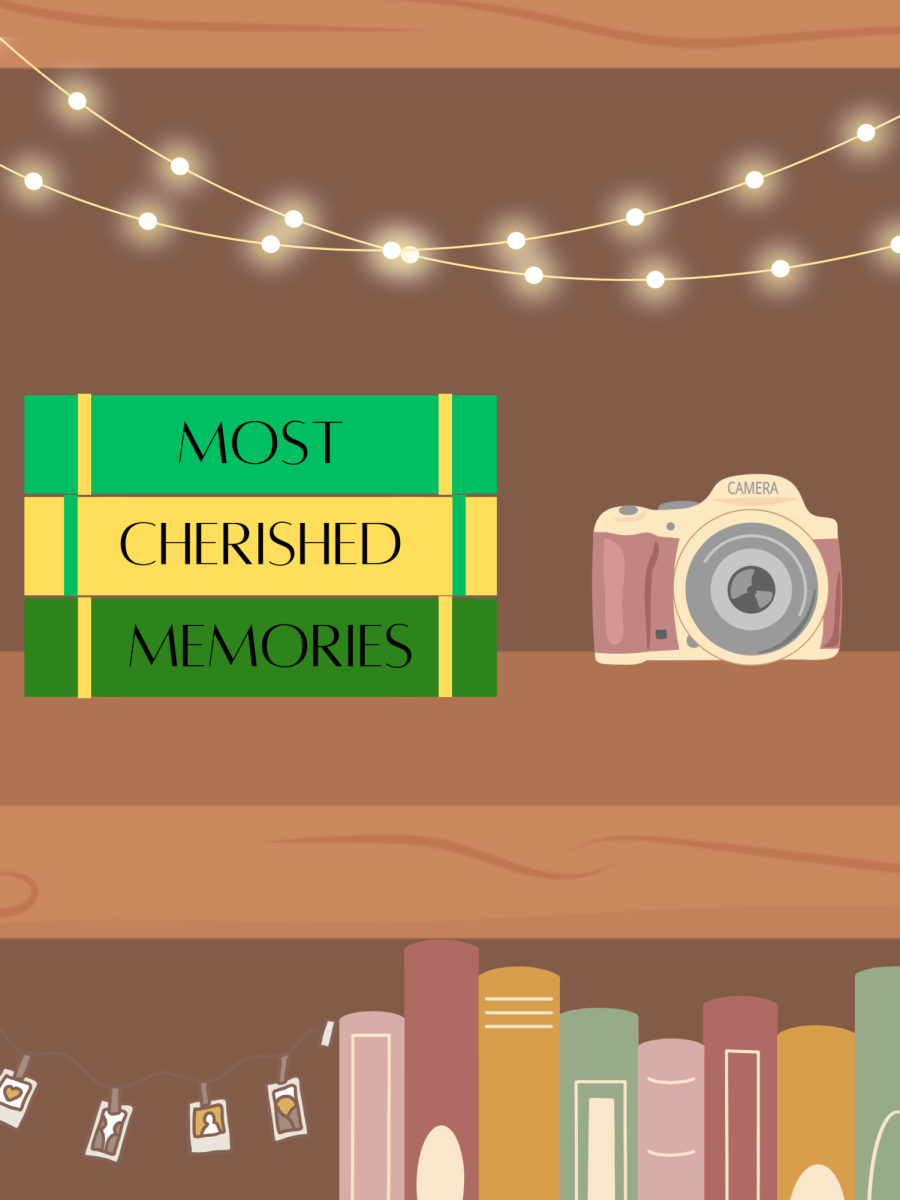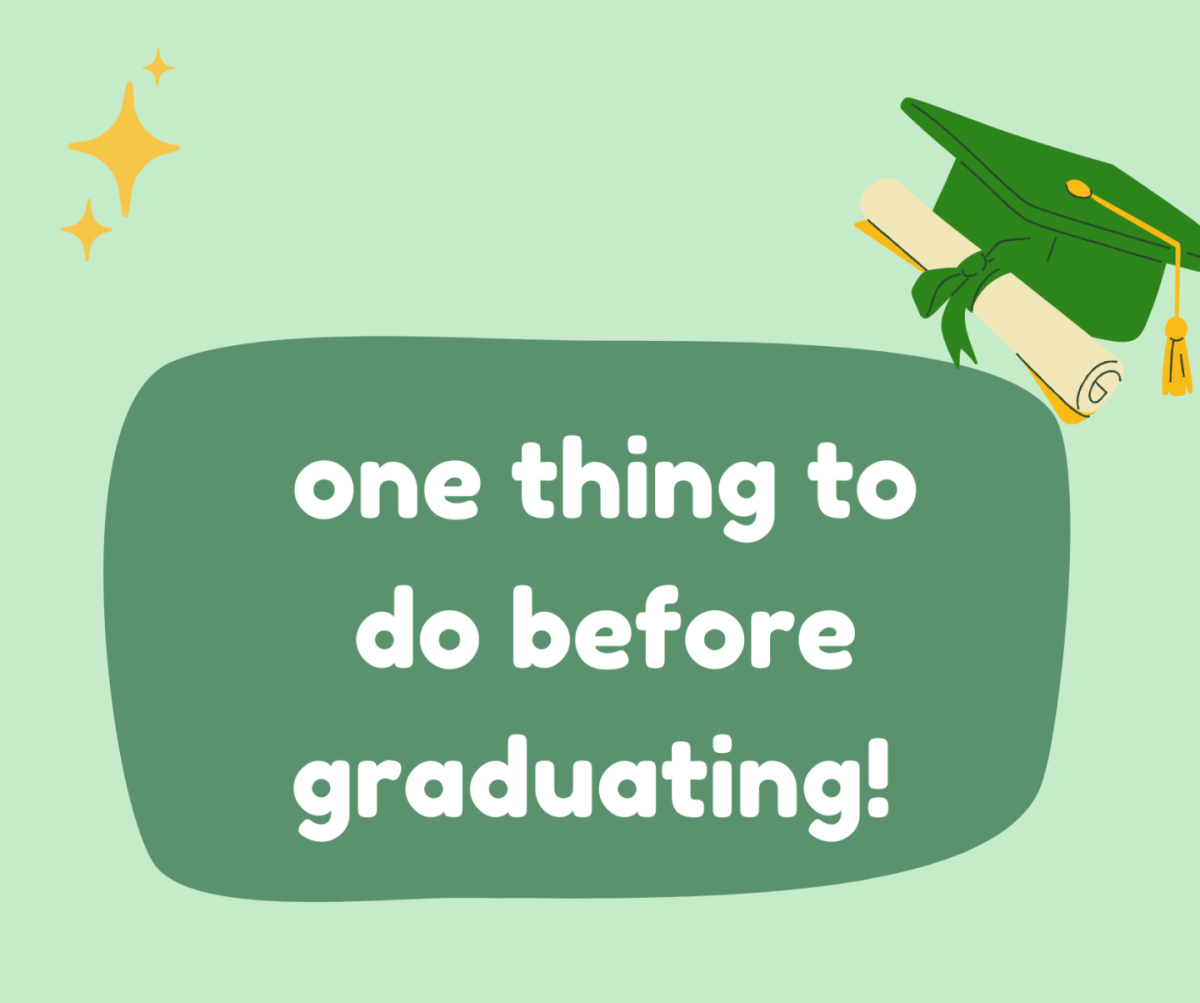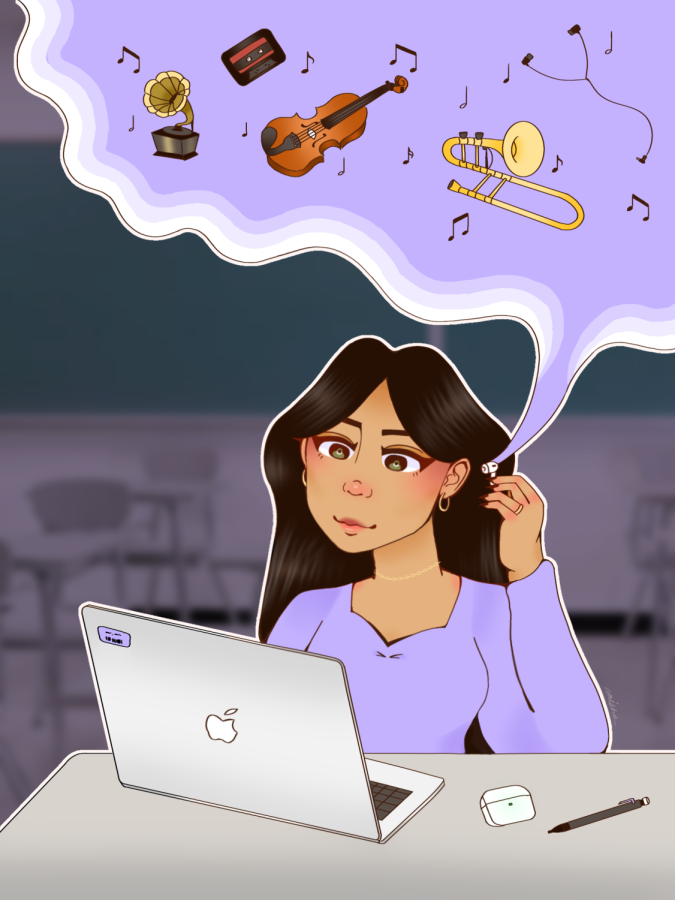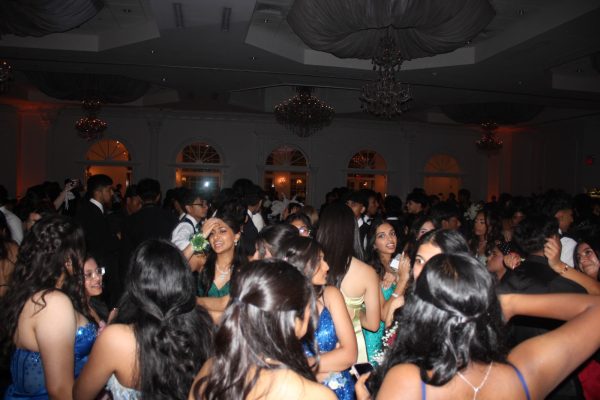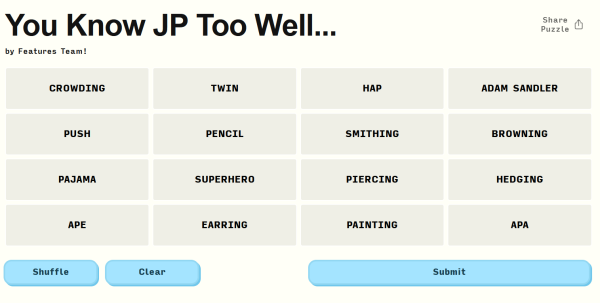Musical Madness
February 16, 2023
Imagine a time when the only way to experience music was through live performances, and the only way to preserve it was through sheet music. Fast forward to today, where music is digitized and accessible to billions of people around the world; from the invention of the phonograph in the late 19th century to the emergence of streaming platforms in the 21st century, technology has played a crucial role in shaping the way we experience, publish, and consume music. This evolution has also affected education for better and for worse. In the past, students only had the chance to listen to music on the radio from home, leaving them focused when in class. Nowadays, students are able to de-stress by listening to music on-demand in their earbuds or AirPods, often distracting them from important lectures in class.
The increasing availability of technology contributes to this distraction and the bad reputation that music in class often gets. Earbuds have become a requirement for some classes, just like binders and notebooks. Most teachers have incorporated listening-based activities to stimulate traditional textbook education–from Edpuzzle to YouTube, having earbuds in class has become as important as having a pencil. As a result, more earbuds result in more music, since having them around at all times makes students more likely to use them at all times, in between classes and before the late bell rings.
However, music can be harmful to students’ learning. Listening to music during classes can hinder focus and cause distractions. Newer models also have a noise cancellation feature, which is detrimental to interpersonal communication, and can interfere with safety drills such as fire drills and evacuation drills that we do to keep people safe. The key rule of these drills is to listen for instructions, and students having earbuds in at all times can be a danger not only to themselves, but to the whole group at large. Musical distractions have gotten so ubiquitous that teachers have created the rule of only having one earbud in during passing.
Music does not have to have an adverse effect on education. It enables students to express themselves and find inspiration for completing their assignments, or even help students de-stress in general. A PsychCentral article titled “The Power of Music to Reduce Stress” supports this with a study showing that music can decrease anxiety and burnout. Some electives at JP also use music as a primary teaching tool, like our band and orchestra. Kids have been learning music since elementary school, showing how linear education–through textbooks and lectures–is perhaps not the best approach, and that incorporating music can be enriching to education.
Music’s impact on education depends on how it is treated inside schools. For example, some newer models of earbuds include a transparency feature, allowing the user to hear music while still communicating with their peers and teachers. Using this feature should be mandatory in classes. It is always important for students to listen to teachers’ policies about earbuds in class.
That said, if music is treated like a weapon against learning, that is how it will ultimately be utilized. Instead, using music as a way to increase creativity and productivity is the best option for both students and teachers. Music is a great way to escape some of the pressure of being a high school student, so it shouldn’t be boycotted. Adding on to the one-earbud rule, students can listen to music in moderation, and take the earbuds out when they are asked to. Likewise, teachers can be a little more lenient with their students when it comes to having earbuds in during class.
Despite arguments for or against music, it’s not going anywhere anytime soon. Instead of focusing on its detrimental aspects, students and teachers alike should use it productively towards student success.







